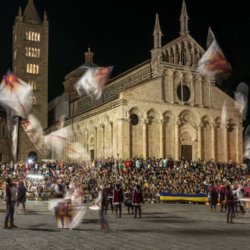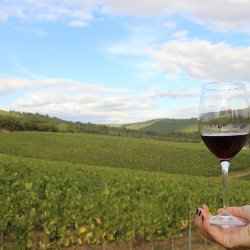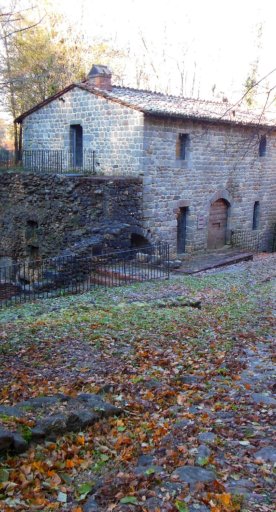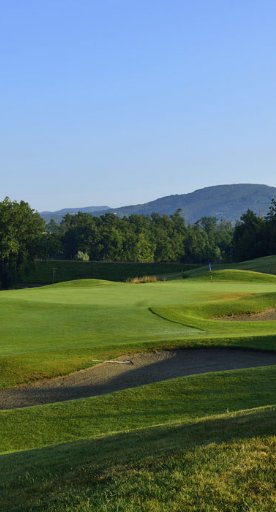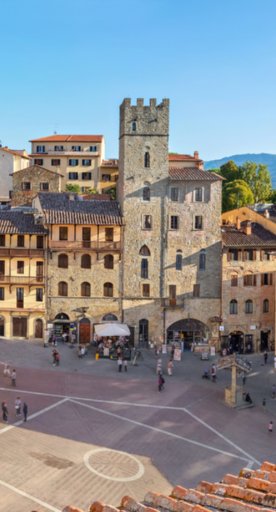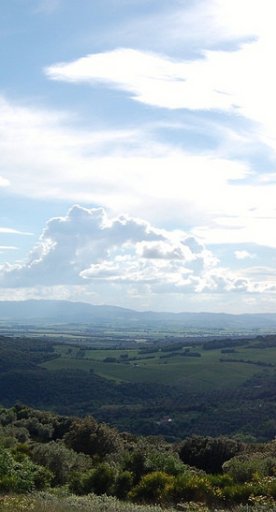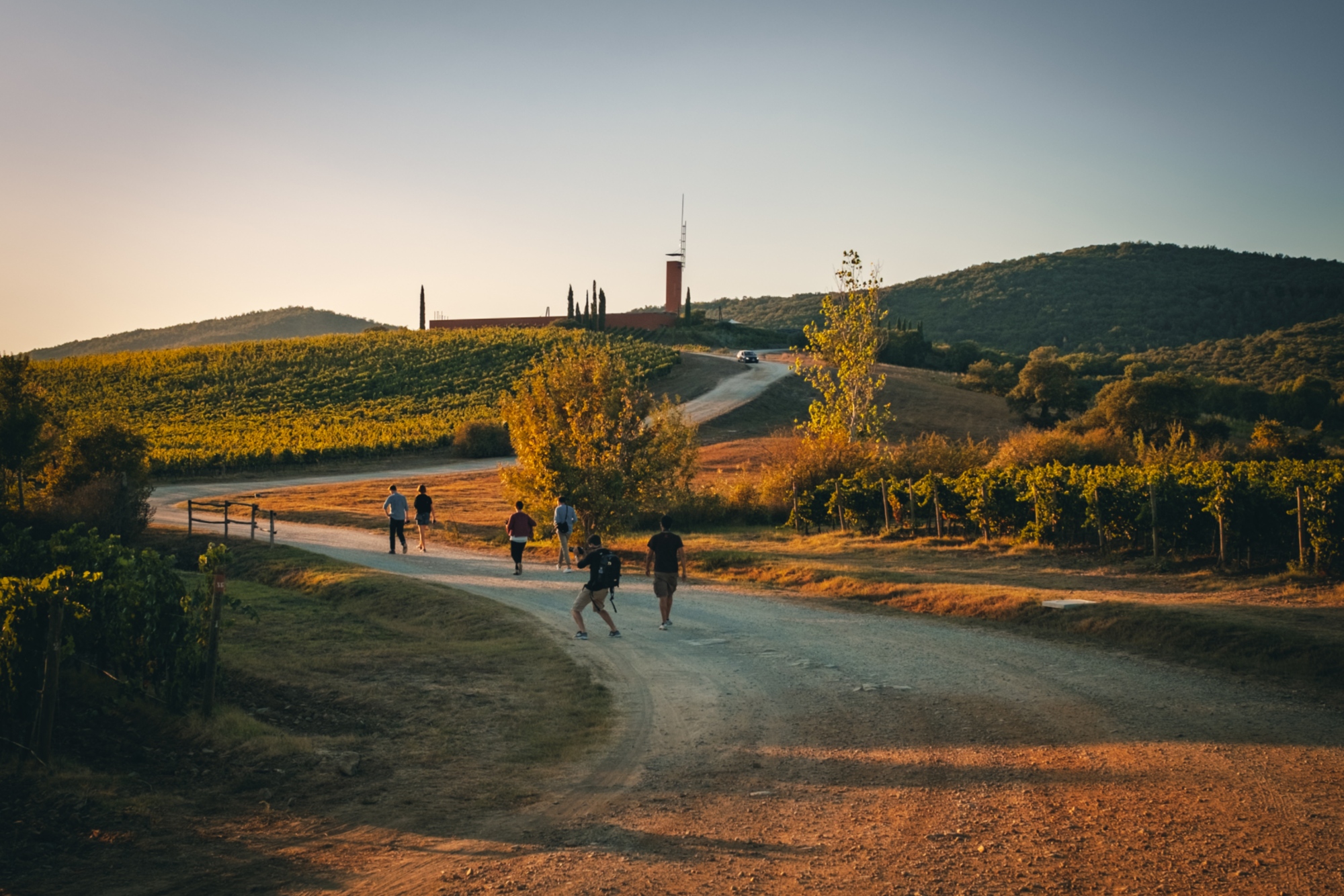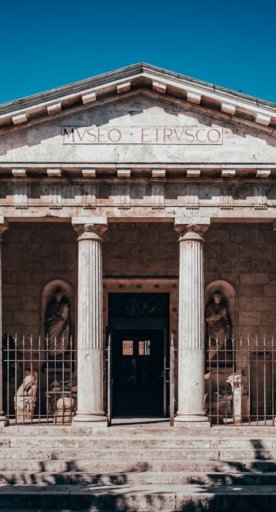10 places not to be missed in Maremma
Around villages, beaches and wines
In Maremma, where nature meets history and life still flows with the rhythm of the countryside, wild coastlines alternate with hills covered in vineyards and olive groves, offering a bright, authentic landscape, a haven of ancient traditions.
Maremma, an ideal place for those who love holiday farms, good food and places rich in historic memory, will win you over with its medieval villages, islands, inviting beaches and excellent wines.
Here are ten must-see places for experiencing the essence of this territory.
-
1.Monte Argentario
-
2.Grosseto
-
3.Capalbio
-
4.Massa Marittima
-
5.The cities of tuff
-
6.The Maremma Regional Park
-
7.Scarlino
-
8.Saturnia Thermal Springs
-
9.Castiglione della Pescaia
-
10.Scansano
Monte Argentario

Monte Argentario is a unique place where the sea meets the Mediterranean scrub and is connected to the mainland by the tombolos of Giannella and Feniglia. The seaside villages of Porto Santo Stefano and Porto Ercole have the charm of times gone by, with their Spanish fortresses and picturesque harbors.
The beaches and coves hidden between the cliffs treat you to crystal clear waters and spectacular views.
From here, you can easily get to Isola del Giglio and Giannutri, for an authentic and natural seaside experience.
Grosseto
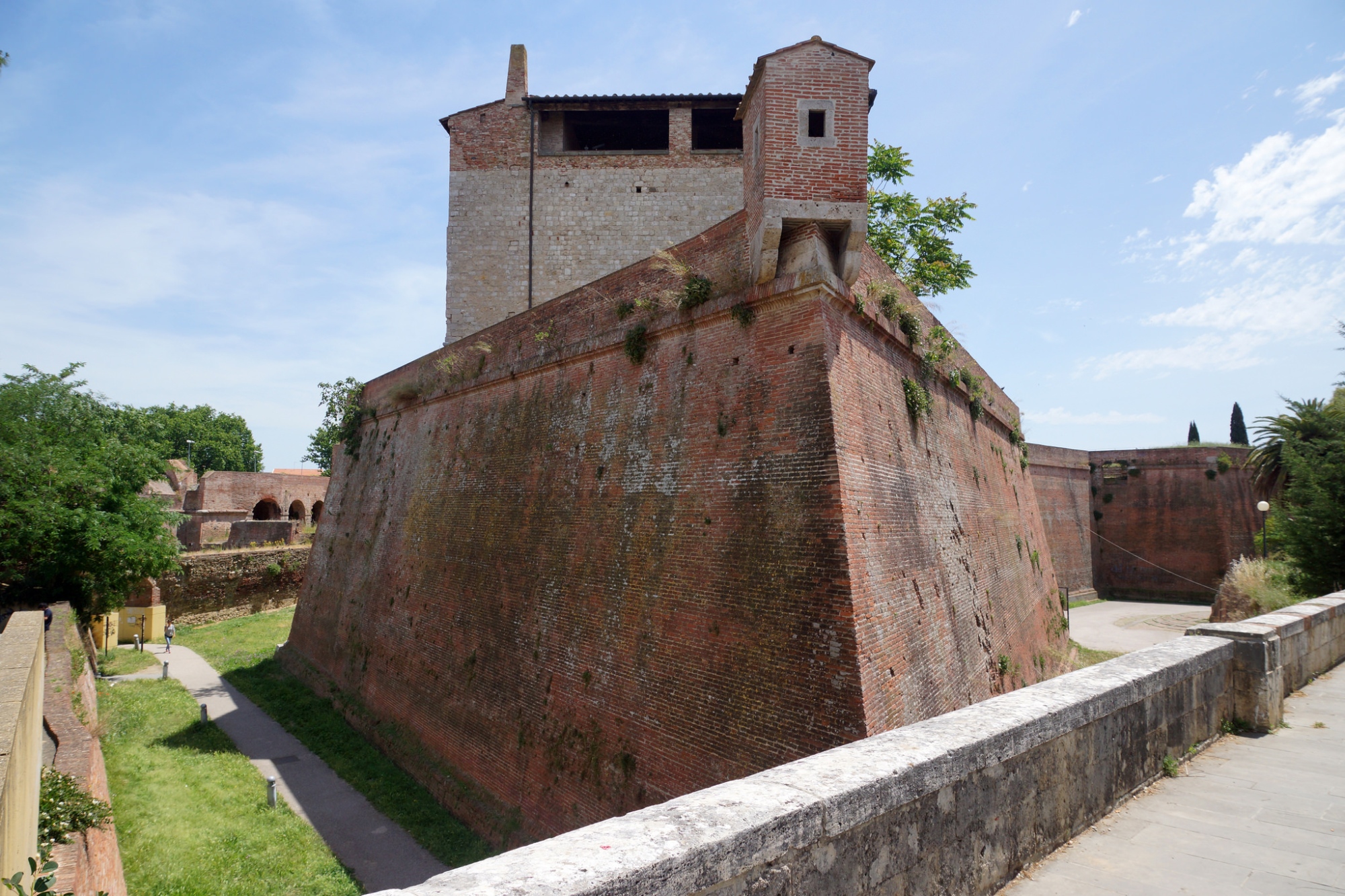
Surrounded by imposing, perfectly preserved Medici walls, Grosseto is the heart of Maremma; the Cathedral of San Lorenzo, a Gothic masterpiece with works of art by Sienese artists, stands in the historic center.
When strolling along the walls or through the alleyways, you will come across elegant buildings, Piazza Dante and museums, such as the Maremma Archaeology and Art Museum and the Le Clarisse Center, treasure troves of local history and culture.
Capalbio
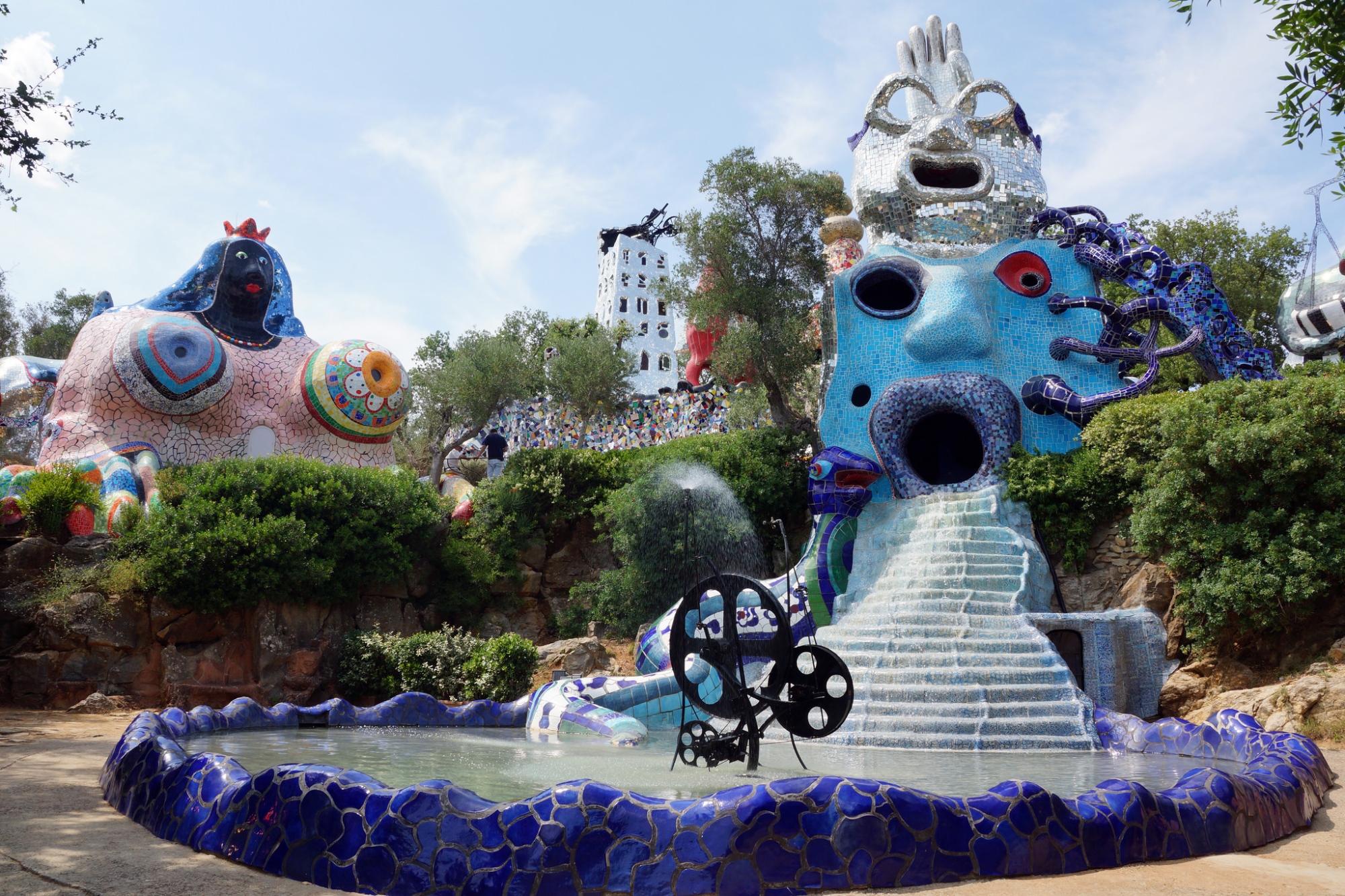
Capalbio dominates Maremma from the top of a hill covered in Mediterranean scrub.
Surrounded by perfectly preserved walls, the charm of the historic center is still intact, with its stone alleyways, scenic views and ancient atmospheres.
Just a few kilometers from the village is the Tarot Garden, the famous artistic park designed by Niki de Saint Phalle, with twenty-two impressive sculptures inspired by the figures of the major arcana and covered with mirrors and colorful mosaics - a magical place where art and nature combine in an amazing dialog.
Massa Marittima

Massa Marittima boasts an extraordinary historic center, enclosed within perfectly preserved medieval walls. Don't miss the main square, an authentic medieval jewel of urban planning, surrounded by Palazzo del Podestà, Palazzo Comunale (Town Hall), the marketplace and the splendid Cathedral of San Cerbone.
The cities of tuff

Between wooded valleys and walls of tuff, lie three villages carved into the rock, which have retained their ancient charm: Pitigliano, Sovana and Sorano.
Pitigliano dominates the Fiora valley with its spectacular outline and houses that appear to be emerging from the cliff: it is known as Little Jerusalem, due to the historical presence of the Jewish community and its heritage of buildings, churches and Etruscan vie cave (excavated roads).
Sovana, an ancient Etruscan town and later a medieval village, now has a harmonious center in which the Cathedral of San Pietro and the captivating rock necropolis with the monumental Tomb of Ildebrando stand out.
Sorano, with its maze of alleyways and the majestic Masso Leopoldino, still has the appearance of a fortified village suspended in time, dominated by the Orsini Fortress and surrounded by ancient walkways carved into the tuff.
Together, they form a unique itinerary, including archaeology, nature and architecture, where stone and history blend together in a timeless landscape.
The Maremma Regional Park
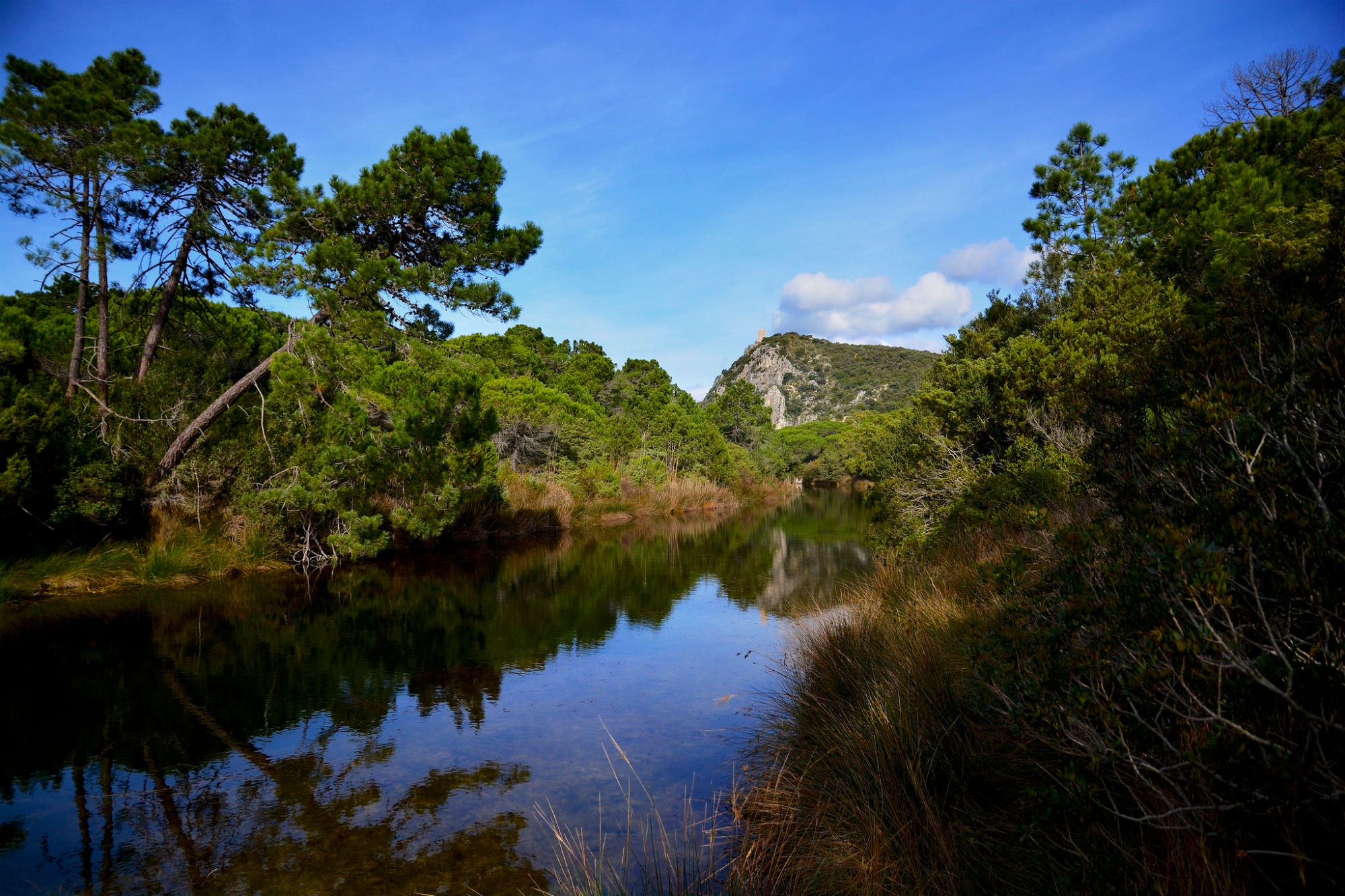
The Maremma Park stretches about 25 kilometers along the coast between Principina a Mare and Talamone, in the municipalities of Grosseto, Magliano in Toscana and Orbetello.
Amid the hills of the Uccellina Mountains, sheer cliffs overlooking the sea, pine forests, marshes and the mouth of the Ombrone River alternate with sandy beaches and wild environments, where herds of animals graze in the wild and foxes, deer and porcupines hide.
The park can be explored on foot along trails surrounded by Mediterranean scrub, by bicycle, on horseback, by carriage and even by canoe.
Scarlino
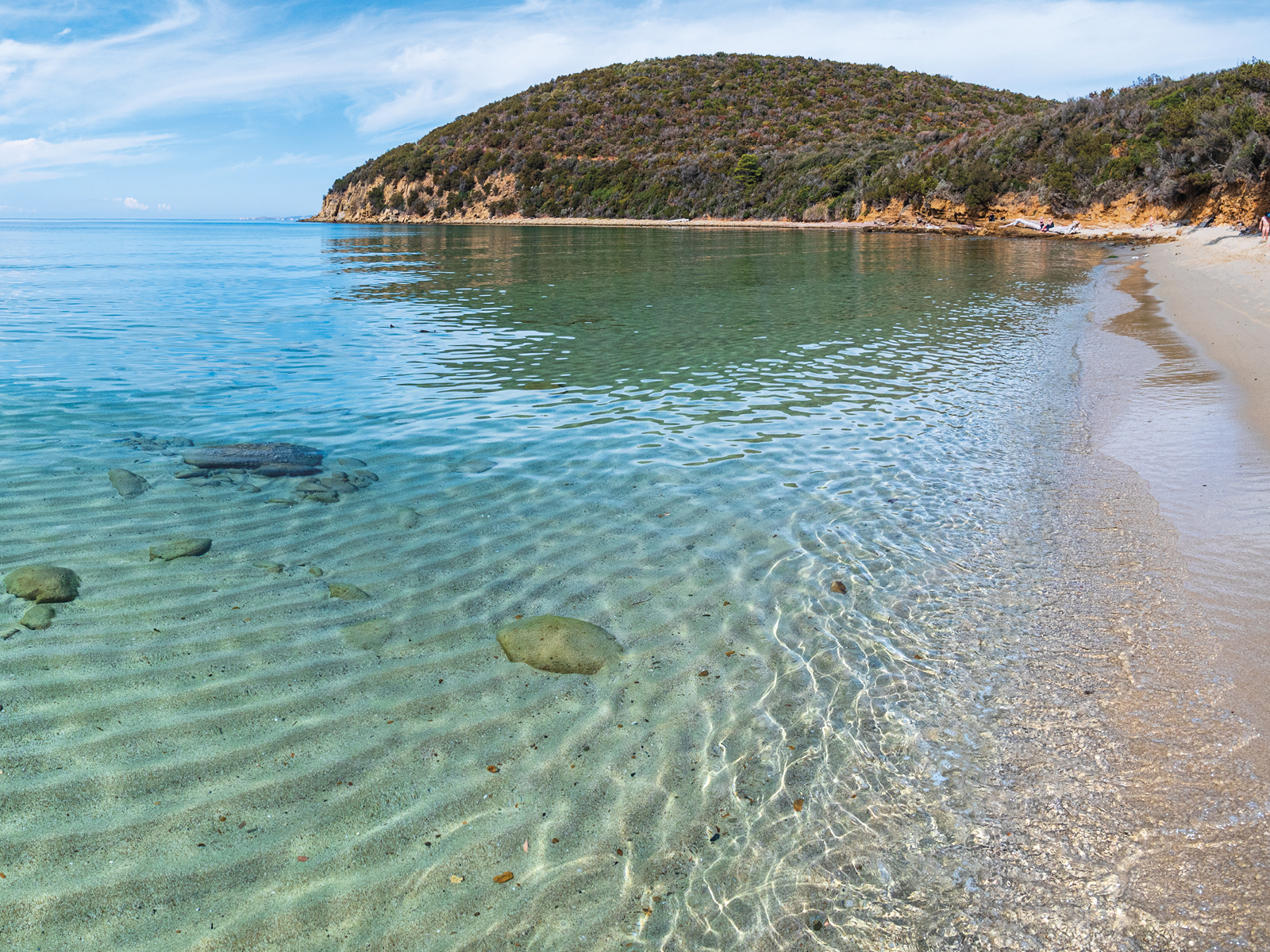
Nestled between the metalliferous hills and the Gulf of Follonica sea, Scarlino is a medieval village that has retained its ancient charm. Dominated by the majestic Rocca Pisana fortress, the town looks out onto an area where nature and history coexist in a perfect balance: oak forests, scenic trails and one of the most beautiful coastlines in Maremma.
At the foot of the village lies the Bandite Nature Reserve, which includes unspoiled beaches like Cala Violina, famous for its sand that makes a sound when you walk on it.
Saturnia Thermal Springs

The Saturnia Thermal Springs, located near the village of Saturnia, are a unique destination.
The waters have been flowing here for more than 3,000 years, in a continuous manner that guarantees their purity and beneficial properties.
The thermal complex includes outdoor pools, whirlpools and paths, inside a spacious and refined thermal park. The famous Cascate del Mulino, a natural travertine formation with free thermal water pools and free access, is also just minutes away.
Castiglione della Pescaia

Castiglione della Pescaia is an ancient fishing village overlooking the sea and surrounded by large pine forests.
In the historic center, behind medieval walls and towers, stand the Church of San Giovanni Battista, the Church of Santa Maria del Giglio and the spectacular Palazzo Centurioni.
Not only are the beaches of fine sand and the crystal clear sea ideal for relaxing and taking long walks during the day, but also for experiencing the magical summer evenings: at sunset, numerous bathing establishments are transformed into restaurants and clubs looking out onto the sea and are perfect for an aperitif or dinner with a sea view.
Scansano

Scansano is nestled in the hills and lies halfway between the coast and the slopes of Monte Amiata, offering sweeping views and amazing panoramas. Scansano was an ancient Etruscan and then Roman town and has deep historical roots that bear witness to the different eras that crossed it. Today, the village is best known for its celebrated Morellino di Scansano DOCG red wine, the most famous in the area.

